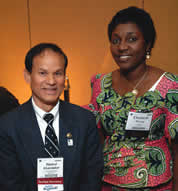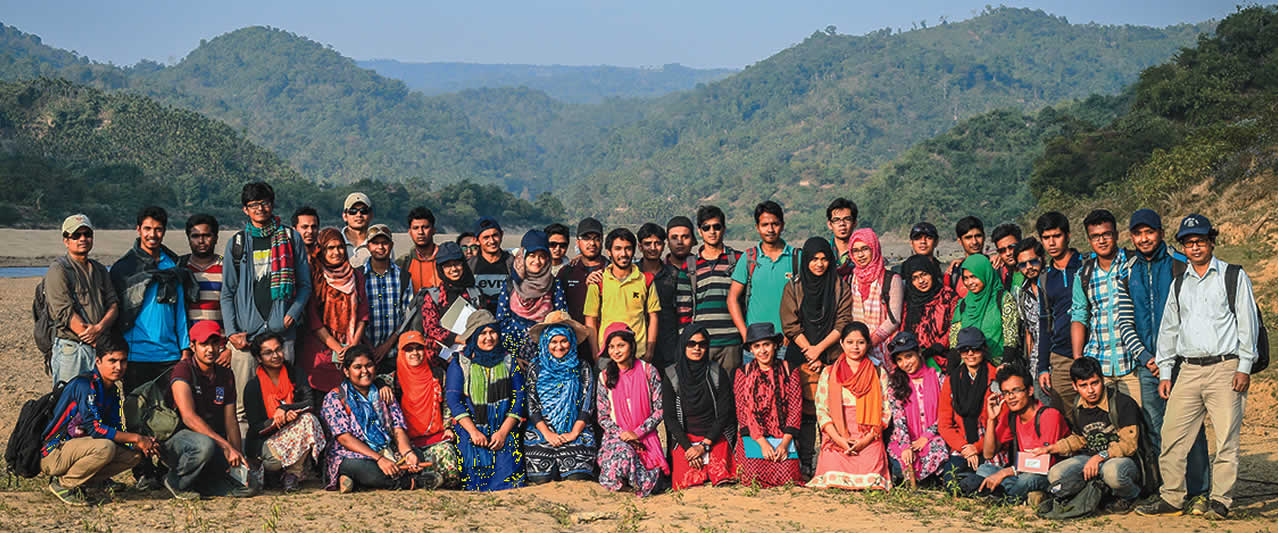W ith ~25,000 members worldwide and several core discipline-based Divisions, Sections, … and globally connected Associated Societies, GSA, being a multi-faceted organization, is meeting numerous expectations relevant to disseminating cutting-edge science, encouraging fundamental and applied research, connecting with societal needs, advocating the dire need to enhance the knowledge base and allow effective communicating at the congressional level, educating next generations of working geoscientists and educators, and fostering international collaborations.
Membership with GSA opens up a plethora of geoscience-related opportunities …
… and, given the current status of the interdisciplinary nature of the discipline, finding the right resource at the right time—GSA is becoming the cornerstone for scientific resource retrieval. Members are exposed to a variety of online resources via the Member Community and online posting of timely and strategic topics relevant to their needs. As part of the scientific exchange of knowledge-sharing, Annual, Section, and specialty meetings (Penrose, international meetings, etc.) are welcoming meeting of minds internationally and domestically. Spreading GSA’s global mission is ensuring rapid assimilation of cultural and geoscientific information for wider usage. GSA is promoting fundamental research focusing on basic geologic processes, natural resource development, and environmental aspects.

Nazrul Khandaker and Elizabeth Wuyep. As a GSA International travel grant recipient, Wuyep deeply appreciated funding that enabled her to come all the way from Nigeria to present research and build international collaboration. GSA Annual Meeting, Minneapolis, 2011.
Serving society and science with validated and established data and connecting congressional members to keep them aware of the pivotal role geosciences play in terms of combating present-day extreme weather-related events and preparing a well-informed and trained workforce to undertake future tasks are significantly aligned with GSA’s mission, vision, and objectives.
Aside from dissemination of sound geological knowledge, the outreach involving mentoring, supporting students’ research, travel to the Annual/Section meetings, providing students representation at the Division level, etc., are importantly becoming a normal mode of operation. K–16 educators, preservice teachers, and caregivers find themselves immersed with pedagogically sound lesson plans much needed for generating motivation, interest, and curiosity and creating pipelines for college-bound geoscience students both in urban and non-urban setting.
Nazrul I. Khandaker
Professor, York College (City University of New York)

Jubilant geology students from Dhaka University, Bangladesh, were enjoying field investigation. The participation of an astounding number of female students (almost half) highlighted this trip and broke the gender barrier. Deformed Tertiary clastics and carbonates in the background. Sylhet, Bangladesh, 6 Jan. 2016. Photo credit: Nazmus Sakib.